In this episode of Playing with Research in Health and Physical Education, Dr. Risto Marttinen sits down with Dr. Ben Kern from the University of Wyoming to discuss an ambitious and practical initiative known as the School Health Map. This collaborative effort, developed alongside colleagues like Wes Wilson (University of Illinois), Chad Killian (University of New Hampshire), Lisa Paulson (University of Minnesota-Duluth), David Woo (University of Utah), Tristan Wallhead (University of Wyoming), and Hans van der Mars (Arizona State University), aims to help advance the health and well-being of students by empowering educators, researchers, and health professionals with the data and tools needed to advocate for strong, equitable, and comprehensive school health policies.
What Is the School Health MAP?
The School Health Map is a national interactive dashboard that visualizes state-by-state data on school physical education, physical activity, and health policy implementation to support advocacy. It’s grounded in the Whole School, Whole Community, Whole Child (WSCC) model, aligning educational goals with broader wellness outcomes.
As Kern explains, the School Health Map was born out of a need for physical educators, researchers, and advocates for physical activity in schools to be able to access data about student’s access to these opportunities. The data can then be used to compare the requirements included in state laws with how those laws are being implemented in schools. When gaps are identified, more coordinated efforts to push for stronger state laws are possible. “Without the data, it is really difficult to make a case for stronger PE laws,” Kern notes, “but now we finally have a good picture of what is happening in schools, and we want to use it to support policy change.”
A Tool for Policy Change
The Map is more than just data visualization. It’s a tool for policy change. By pairing classroom-level data with codified state policies, the platform allows users to see where laws are working and where they fall short. These insights empower teachers, advocates, and policymakers to collaborate in a grassroots effort to impact policy changes that lead to increased access to quality physical education and physical activity opportunities.
Why It Matters
The importance of the School Health Map lies in its ability to bridge the persistent gap between policy and practice. Across the US, laws and mandates surrounding physical education and physical activity vary widely—not only in their wording but also in how (or if) they are implemented in schools. Many well-intentioned policies never translate into intended practice at the student level because local districts have the latitude to implement them with autonomy and may lack the resources for full implementation. In other cases, there may be no state policy at all to guide districts, leaving them to provide physical education and physical activity opportunities based on local priorities, staffing, and available funding rather than on consistent statewide standards.
This uneven landscape means that a student’s access to quality physical education or daily physical activity can depend largely on their ZIP code. The School Health Map helps illuminate these disparities, providing the data and context needed to advocate for stronger, more equitable policies that ensure all students receive the health and physical education opportunities they deserve, regardless of where they attend school.
By visualizing teacher-reported data alongside codified state policies, the School Health Map reveals both successes and inequities in how opportunities for physical activity are distributed. This transparency empowers educators to move from awareness to advocacy, giving them the evidence they need to engage administrators, legislators, and communities in meaningful dialogue about strengthening PE and PA policy. At the same time, researchers can use the data to identify national and regional trends, explore relationships between policy strength and student access, and develop evidence-based solutions that inform future legislation and practice.
Final Thoughts
The School Health Map represents a new era of data-informed advocacy for school health. It brings together teachers, researchers, and policymakers under a shared mission: to ensure every student has access to high-quality physical education and opportunities for lifelong physical activity.
As Kern emphasizes, “This project isn’t just about collecting data. It’s about using data to drive change.” By making complex policy landscapes visible and understandable, the School Health Map helps translate research into action, guiding the path toward healthier schools, stronger programs, and more active, engaged students.
To learn more about the project and access resources, visit https://schoolhealthmap.wygisc.org/ or follow Dr. Ben Kern’s work at the University of Wyoming.
This blog post was written with the assistance of AI to support clarity and accessibility. It is intended to help disseminate and discuss research findings and academic discussions with a broader audience.

